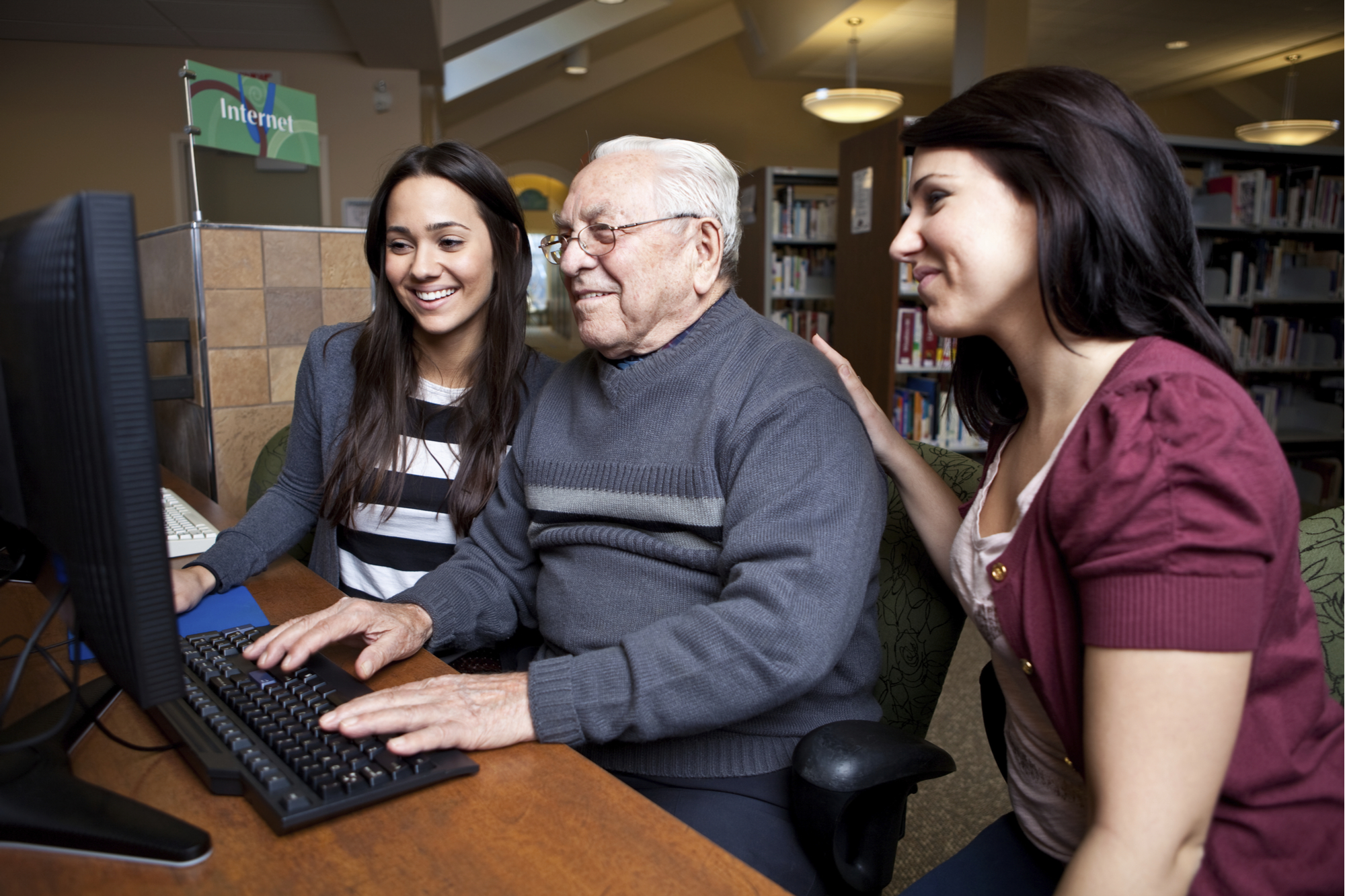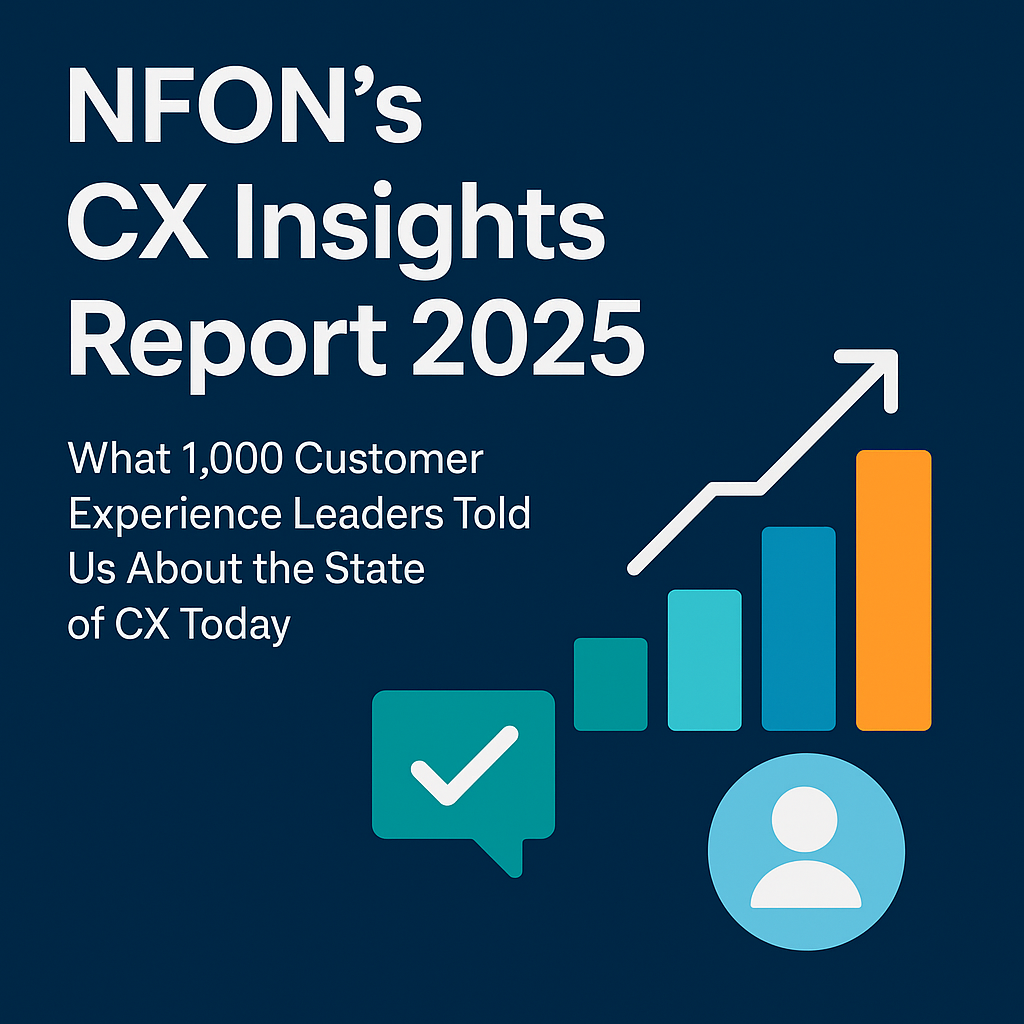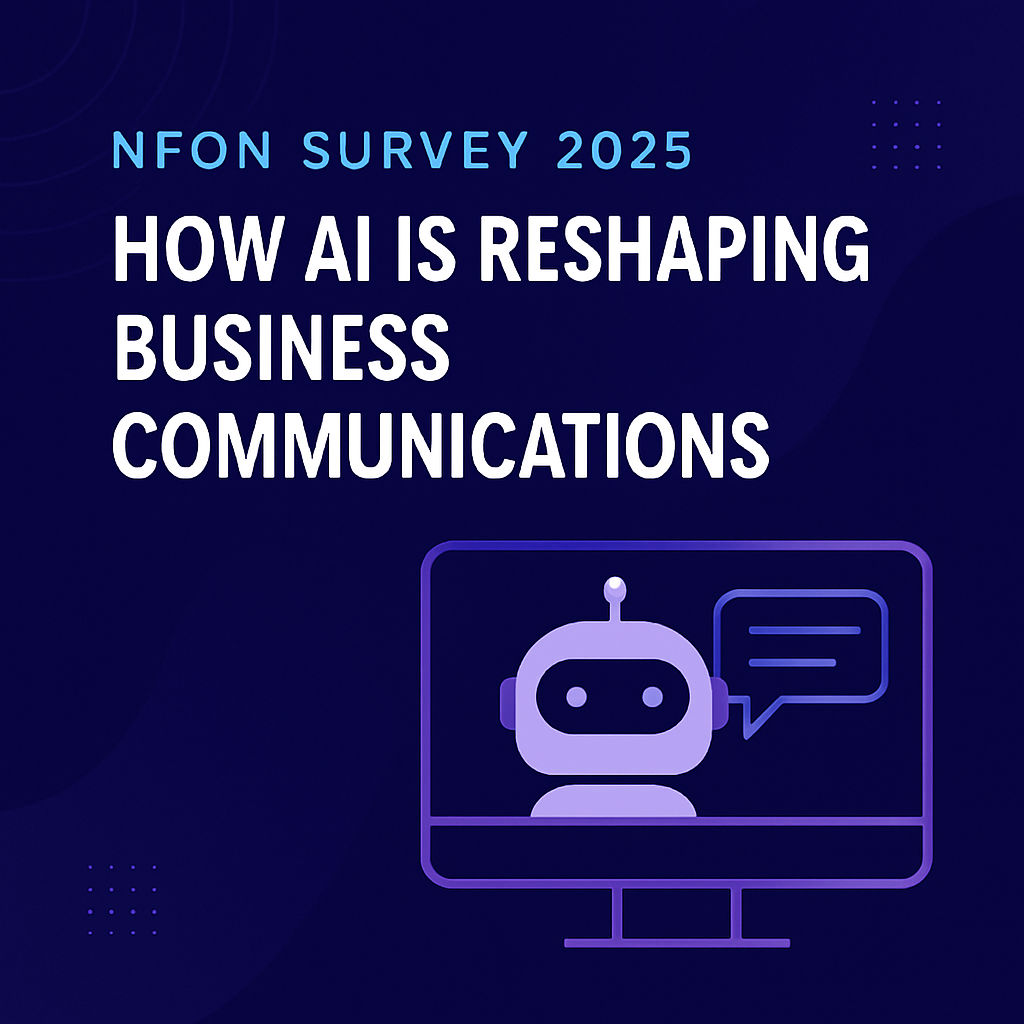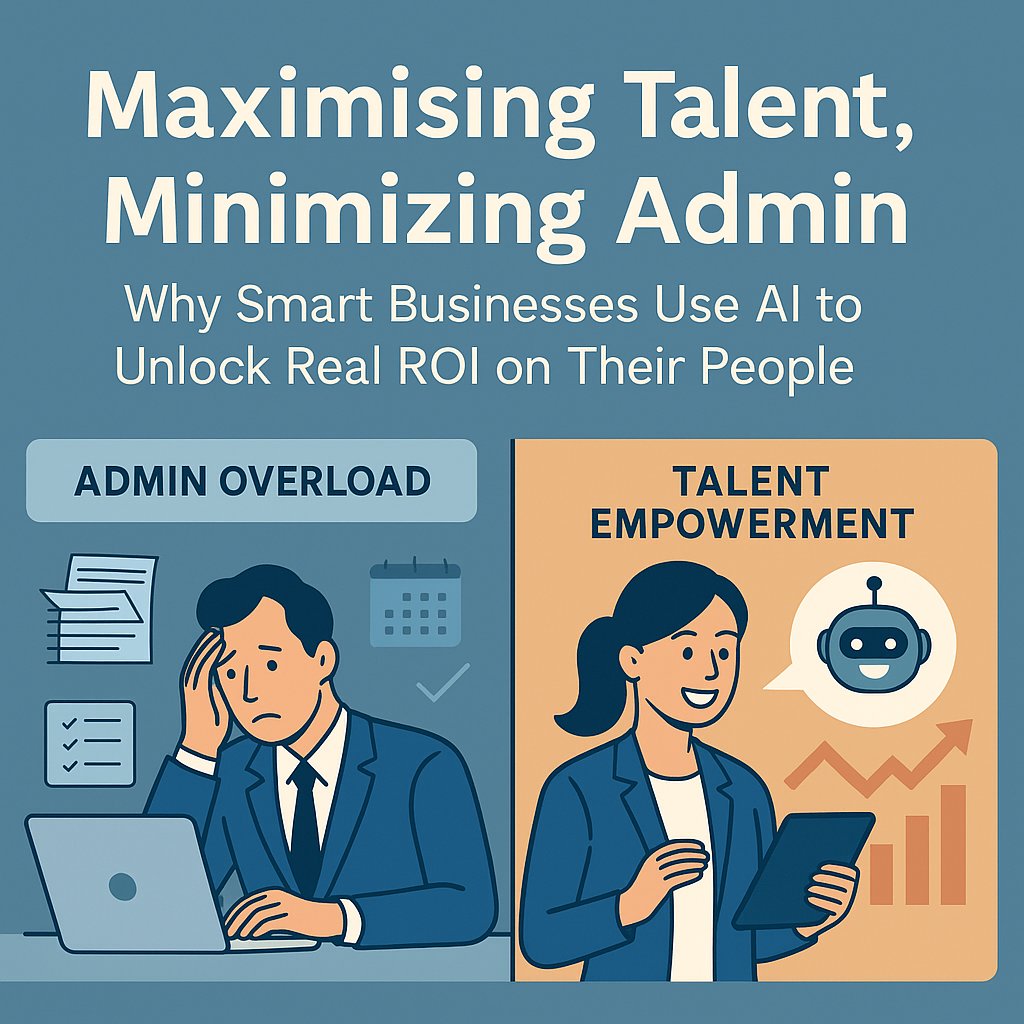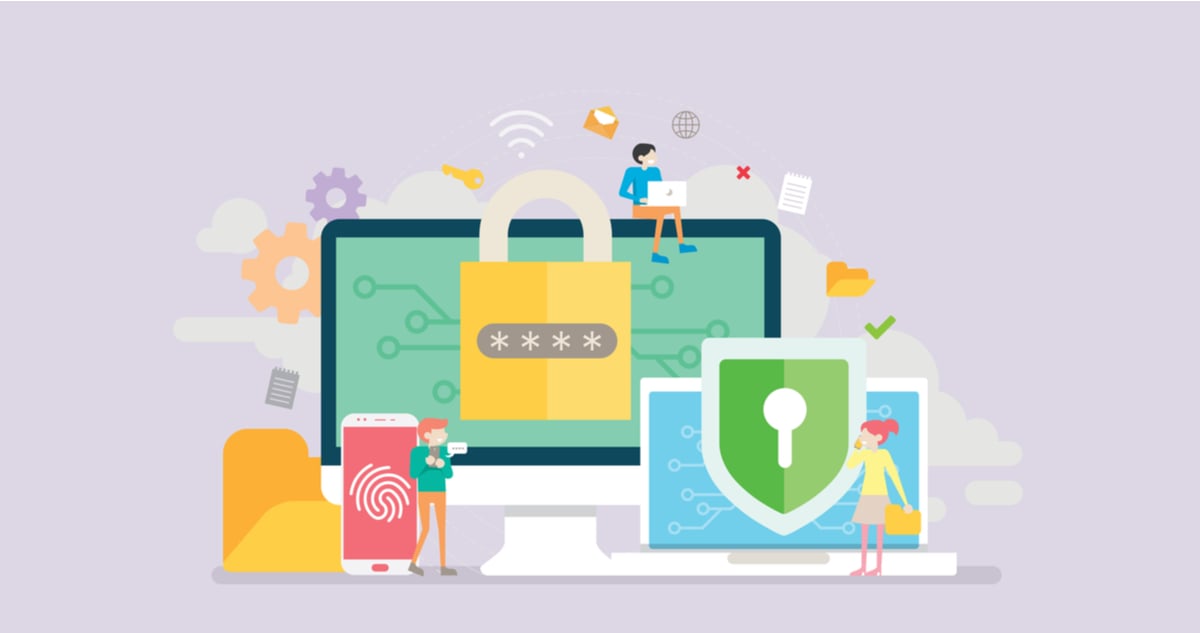As we have seen across public sector organisations, the third sector has drastically changed in the past two years as the pandemic has continued to shape our personal and professional lives. The demand for charities and the crucial services they provide have evolved, and with it the ways that citizens have interacted with them.
The ongoing challenge for charities and the voluntary sector has always been finding innovative ways to reach and engage citizens, build meaningful communities, and source funding. More than ever, digital communications play a pivotal role in their success.
Charities are still finding their feet in their digital transformation journeys; communication, and communication strategies will only continue to become more important to their cause. This blog will explore the communication challenges facing charities now and in future, and how themes of digital accessibility influence it.
The scale of the problem
An April 2020 survey conducted by registered charity, Charity Comms, saw 219 small charities take part (the highest number of respondents being mental health charities) but only 2% said they weren’t worried about communications challenges, which highlights the overwhelming need for support in this area. This reflects a wider picture – of the 168,000 charities in England and Wales, most are smaller organisations. Around 75% have income of less than £100,000 per year, compared with 1% of charities that record income of over £5 million.
During times of crisis, the charity and voluntary sectors are seen as increasingly important. Of course, with limited budgets, resources and funding it can be difficult to make plans for significant, long-term solutions. However, it is surprising what can be done with consistent, clear, and accessible communications. Small, meaningful change can make a huge difference.
Addressing the ongoing issue of digital accessibility
A key challenge for charities has been supporting users who would normally access face to face services and moving them online. Other than the issues of practicalities in how to offer services in a variety of different formats to make them supportive and engaging, it also raises the problem of digital accessibility and digital exclusion. Many UK’s charities focus their services on elderly people, disabled people, homeless people, or those on low incomes, to name a few. The people that fall into these demographics can find it difficult to access the digital services they need.
More than 14 million people in the UK have a disability, and at least 1 in 5 people have a long-term illness, impairment or disability. And yet many websites and digital products fail to meet contrast light standards. Something as simple as reading fonts can be the difference in someone finding the help that they need and not finding it at all. However, accessibility must extend further, opening up content across multiple devices and formats, enabling people to access services on-the-go, no matter where they are.
However, digital accessibility is much more than simply putting content online. It is about designing clear content with users in mind, to provide help and support to those who need it. It is about championing flexibility and giving people more options to access services that are fundamental to their health and wellbeing, regardless of their impairment or their preferred device.
There are accessibility requirements embedded into UK law, which mean organisations have a legal responsibility to make their website accessible to all audiences. However, charities are exempt from this, and most public sector organisations do not meet these standard requirements. In a recent study by the Society for Innovation, Technology, and Modernisation, 4 in 10 local council’s homepages failed accessibility tests, such as being able to access websites on different screens and open PDF files. Charities are only scratching the surface of opportunity available in this area, and this does not need to be costly; more can be done to change attitudes to achieve digital accessibility as standard.
Embracing cross-channel communications
The main mode of communication for charities to connect with stakeholders is email. The pandemic has exposed a need for charities to expand their channels. This is essential not only to reaching wider audiences but also to increase and support collaboration with other charities and public sector organisations, including central government, local councils and NHS trusts.
The vision for charities going forward is access for all, whoever, whenever and via any method of choice, easily enabling the provision of services across the entire spectrum of needs. This ties in with our ambitions at NFON.
NFON can champion charities’ flexibility, mobility and scalability
NFON delivers flexibility, mobility and scalability across all our products and services, giving users the ability to communicate with colleagues, citizens or stakeholders on-the-go, no matter where they are. In a nutshell, we put the telephone network where the internet is, allowing staff to communicate across any number of platforms (voice, messenger, social media and live chat) using their mobile device, iPad, PC or existing extension. In doing so, we remove the limitations of fixed line networks and open up possibilities for new and smarter ways of working in the future.
Cloud telephony offers a host of intelligent, multi-platform features that make communication between their donors, volunteers and managers and other NGOs much more efficient and productive. The added benefit of scalability means charity contact centre services can easily manage customer expectations at periods of high demand, such as during high profile fundraising campaigns, after natural disasters or during conflict. Our advanced voice features provide an element of human connection and empathy between charity workers and users, an incredibly important theme in the work of charities across the third sector.
NFON’s products are designed to accommodate everyone without compromising functionality and usability.
